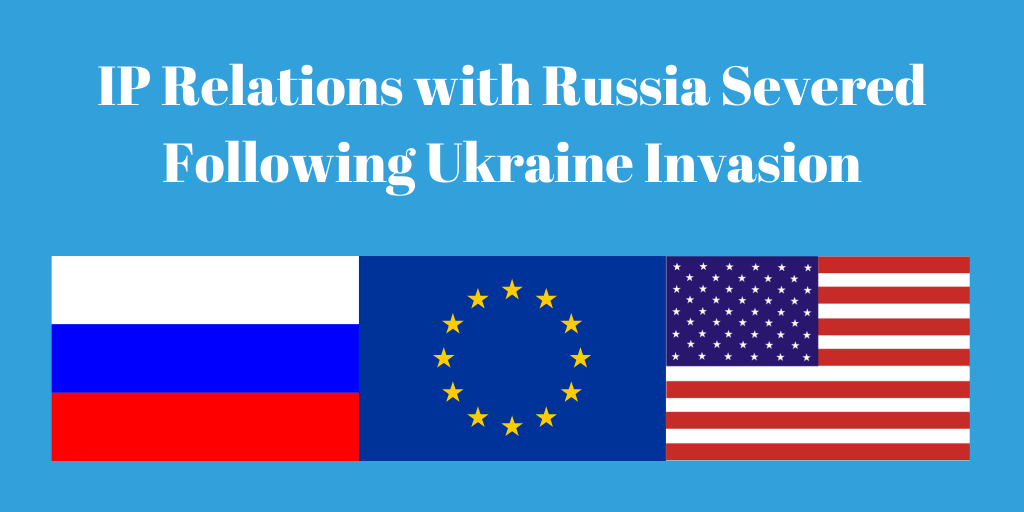Patentability and the Issue of Obviousness
What exactly is obvious? Patent attorneys and independent inventors alike are aware of the standards of patentability; the invention must be (1) new, (2) useful, and (3) non-obvious. Common sense dictates the first two standards of patentability. To be new and useful, an invention must solve an existing problem in a manner which has not previously been attempted. The third standard, however, is a little more ambiguous and can cause migraines for even the most experienced inventors. So what exactly constitutes an obvious invention?
Obviousness is determined by: (1) the scope and content of the prior art; (2) the differences between the claimed invention and the prior art; (3) the level of ordinary skill in the art; and (4) any relevant secondary considerations, including commercial success, long felt but unsolved needs, and failure of others.
In a recent case, Conte v. Jakks Pacific Inc., the Eastern District of California tackled the obviousness issue. The patent in question claimed a variation of hide and seek, where a “hiding” player would hide a toy doll which contained a GPS transmitting device.
A second “searching” player would have a receiving device which received the data transmitted from the GPS-transmitting device within the doll, and display the distance from the searching player’s location to the doll. The receiving device would continuously update as to its total distance from the transmitting device, allowing the searching player to locate the hidden doll.
To the average observer, this invention may seem to be non-obvious (and thus patentable) because it takes an existing invention (GPS), and applies it to a children’s game (hide and seek) in a way which has never been done before. However,
In making this determination, the court looked to what is known as “prior art” – or in other words existing patents and publications. The court found that GPS systems in prior art often consisted of a transmitter, and a receiver which would display the total distance between the transmitter and the receiver, with the purpose of allowing the user to know the distance between to objects.
The patent in question used a receiver-transmitter GPS system for the exact same purpose, allowing a person (the searching player) to know the distance between object 1(themselves) and object 2 (the hidden doll). Using the GPS system in the context of a hide and seek game was not enough for the patent to be non-obvious, because the GPS system was used for the same general purpose as was seen in the prior art.
The long and the short of it is, just because something seems non-obvious based on common sense, doesn’t mean it is. Obviousness can be a snake in the grass for independent inventors attempting to protect their intellectual property rights, and the issue should certainly should be navigated with care.




